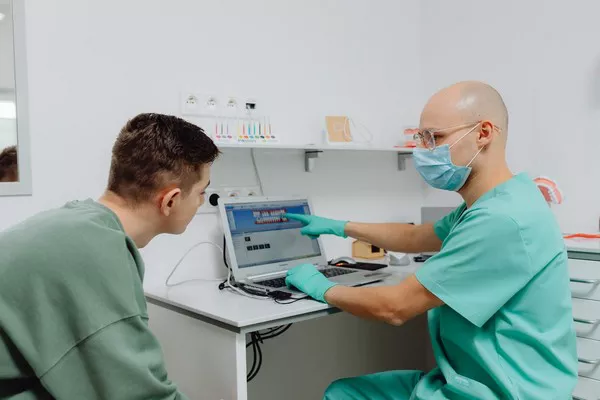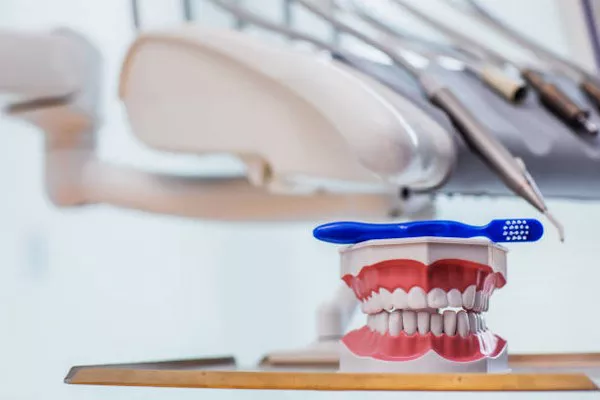Periodontal disease eat what you want to have bottom periodontal disease formation speed, shape and hardness vary from person to person, generally speaking, new periodontal disease needs 12 to 15 hours.
Fast-developing periodontal disease is softer and more fragmented than slow-developing periodontal disease.
All newly formed periodontal disease is soft, after a period of calcification will slowly become hard.
Therefore, at the beginning of the formation of periodontal disease, the use of oral cleaning or brushing method, it is easy to remove periodontal disease, until after calcification is not easy to remove.
Periodontal disease starts out soft and becomes hard with gradual calcification.
It IS COMPOSED OF 75% calcium PHOSPHATE, 15-25% WATER, organic MATTER, MANGANESE phosphate, calcium mineralate, and trace amounts of potassium, sodium, and iron.
And appear yellow, brown, or black.
There are several theories as to why it may be formed. First, a decrease in the concentration of carbon dioxide in saliva causes inorganic salts to settle on the tooth surface.
Second, phosphorus precipitates on the tooth surface due to the hydrolysis of organophosphorus by phosphate enzymes of degenerate cells.
Three, because the bacteria increase the PH value of saliva and alkaline, resulting in the decomposition of proteins in saliva, release of calcium salt, precipitation on the surface of the tooth.
4. Saliva concentration is related. The greater the concentration, the easier the precipitation.
The speed of periodontal disease formation, shape and hardness vary from person to person, generally speaking, new periodontal disease needs 12 to 15 hours.
Fast-developing periodontal disease is softer and more fragmented than slow-developing periodontal disease.
All newly formed periodontal disease is soft, after a period of calcification will slowly become hard.
Therefore, at the beginning of the formation of periodontal disease, the use of oral cleaning or brushing method, it is easy to remove periodontal disease, until after calcification is not easy to remove.
Periodontal disease for the oral cavity is a different object, it will constantly stimulate the periodontal tissue, and will compress the gums, affect the blood circulation, resulting in periodontal tissue infection, causing gum inflammation and atrophy, the formation of periodontal pocket.
When the periodontal pocket is formed, it is more likely to accumulate food residue, dental plaque and periodontal disease. This new accumulation will further damage the deeper periodontal membrane. The result of this vicious cycle is that the periodontal supporting tissue will be completely destroyed, and the tooth will not escape to be removed.
How to prevent the formation of periodontal disease?
Brushing teeth is a simple and effective way to prevent periodontal disease.
The deposition of periodontal disease is formed gradually from less to more.
Regular brushing can just begin to deposit in the tooth surface tartar, periodontal disease brush off in time.
Therefore, children should be allowed to brush their teeth. If they wait until the deposition of periodontal disease is very thick and closely attached, they will not brush off, and must be assisted by the doctor to remove it.































